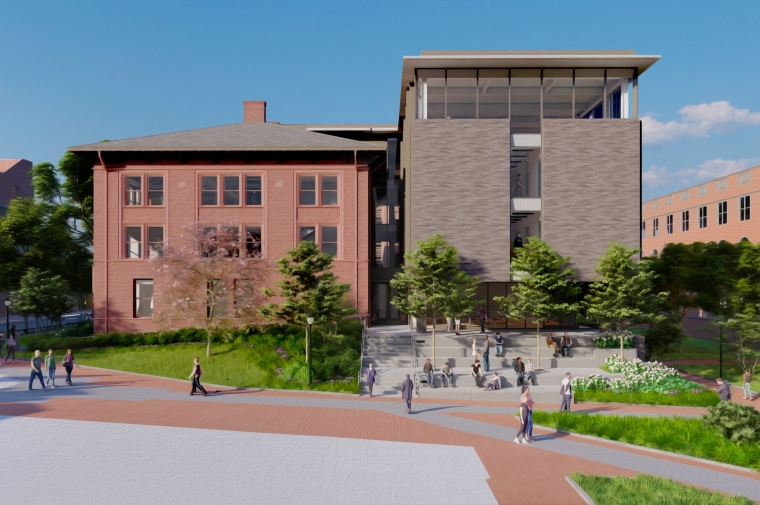August 5, 2024
Stuart Weitzman School of Design
102 Meyerson Hall
210 South 34th Street
Philadelphia, PA 19104
Get the latest Weitzman news in your Inbox
Media Contact
Michael Grant
mrgrant@design.upenn.edu
215.898.2539
Weitzman faculty members have been selected to receive $149,000 in funding from the Ramboll Foundation to develop an accessible solution to tackle urban heat. The team will partner with architectural firm Henning Larsen to develop KlimaKover, an innovative architectural application of membrane-assisted radiant cooling technology designed for climate resiliency.
The funding will be used to create a prototype external autonomous pavilion or an indoor replicable element, providing scalable solutions for emergency situations, and for communities susceptible to Urban Heat Island (UHI).
Rethinking conventional cooling systems
As global temperatures soar, cities worldwide are grappling with the effects of extreme heat, projected to persist for nearly half the year. Exposure to these dangerous heat levels has increased by 200% since the 1980s, disproportionately affecting low-income and marginalized communities and exacerbating social inequalities. The traditional air conditioner market is predicted to grow by 1 billion units before the end of the decade, straining local power supplies, contributing to waste heat issues and ultimately exacerbating global warming.
Designed to break this cycle, KlimaKover uses a membrane-assisted radiant cooling technology, which was developed by an international team of researchers from institutions in the U.S., Canada, Asia, and Europe that provides low-energy cooling, while allowing for natural ventilation.
“I’ve been fortunate to be part of a major cross-institutional research effort to make radiant cooling possible throughout the globe as an alternative to air conditioning, with the goal of achieving a sustainable and healthy form of cooling. This grant from the Ramboll foundation and collaboration with Henning Larsen, has the potential to make this technology accessible and deployable in the places that need it the most,” says Dorit Aviv, assistant professor of architecture and director of the Thermal Architecture Lab.
The proposed solution takes the shape of a mobile, deployable, and autonomous structure designed for disassembly which can be transported to various locations and tested on developer partner sites. This is a low-energy consuming, condensation-free, radiant comfort product that can function in cooling or heating modes.
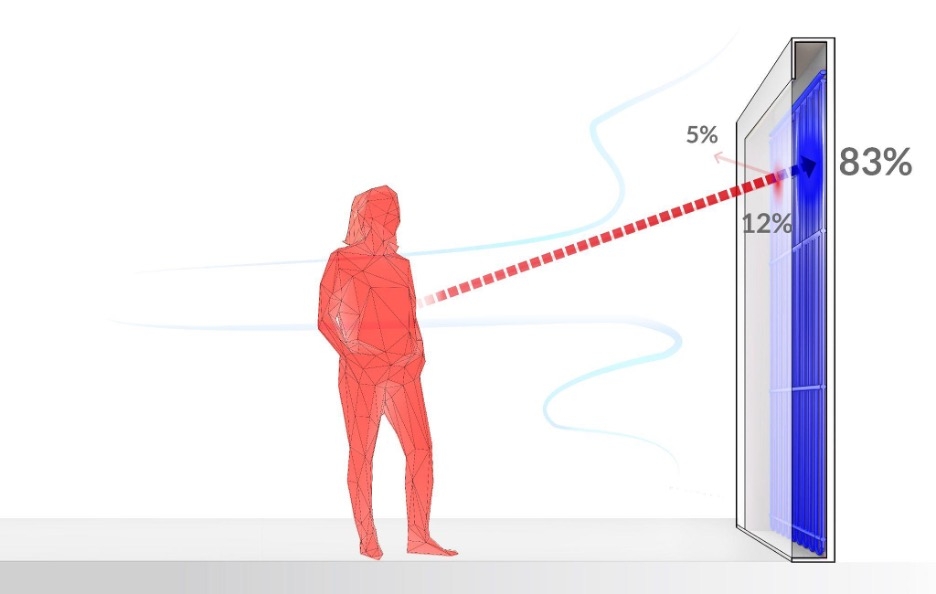
This sketch schematically illustrates how the technological system functions. The membrane allows radiation to pass but restricts the air and humidity, which helps in reducing the convection and completely limiting any condensation.
These elements provide flexible and efficient solutions to urban heat challenges, promoting sustainable and equitable climate adaptation. By partnering with nonprofits, housing, and municipal agencies, the project partners will seek to provide affordable modular kits for use across multiple geographies.
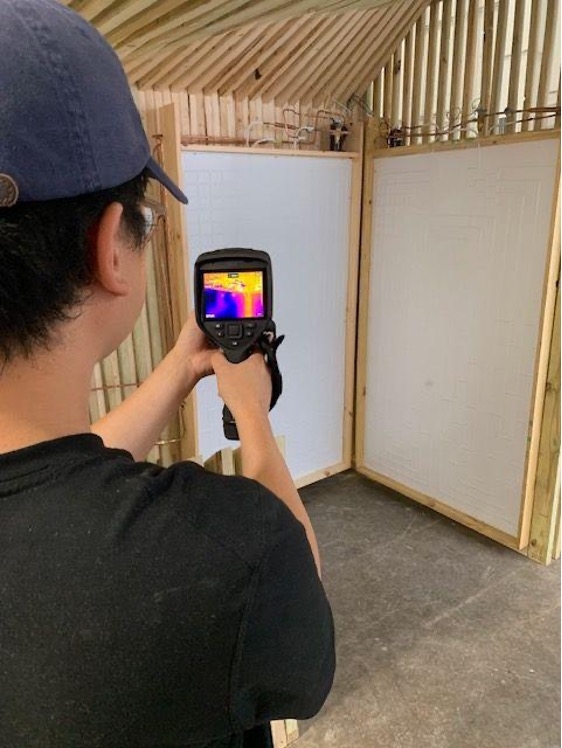
An example of how the radiant cooling technology can be applied to urban infrastructure, the Tenopy project, developed at the Thermal Architecture Lab in collaboration with Penn Nursing and the North 10 community in Philadelphia, is launching this month. Image credit: Thermal Architecture Lab, 2024
“As the impact of climate change becomes more severe, investment in innovative technologies for better climate resilience is crucial, and ensuring a more equitable approach to addressing and adapting to these challenges is vital. We are so excited to take this forward with our partners Penn and Ramboll,” says Kritika Kharbanda, Head of Sustainability at Henning Larsen.
The Weitzman team includes Dorit Aviv, assistant professor of architecture, William Braham, Andrew Gordon Professor of Architecture, and Eric Teitelbaum, lecturer in architecture. The partnership between Penn, Henning Larsen, and Ramboll marks their first collaboration. Having secured significant funding, they are joining forces for innovation with a focus on design thinking and scalability. Also joining the project are collaborators from Princeton University and University of British Columbia, who have led the development of the membrane-assisted radiant cooling technology. The project aims to deliver a prototype that demonstrates the technology's potential by summer 2025.
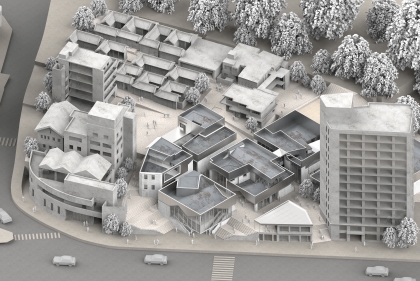
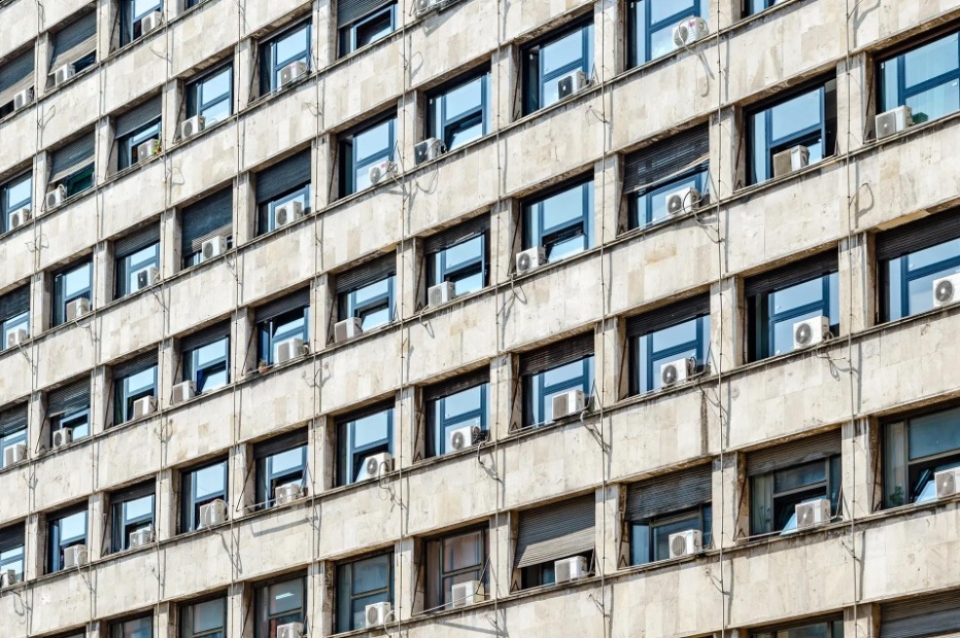
 Expand Image
Expand Image


